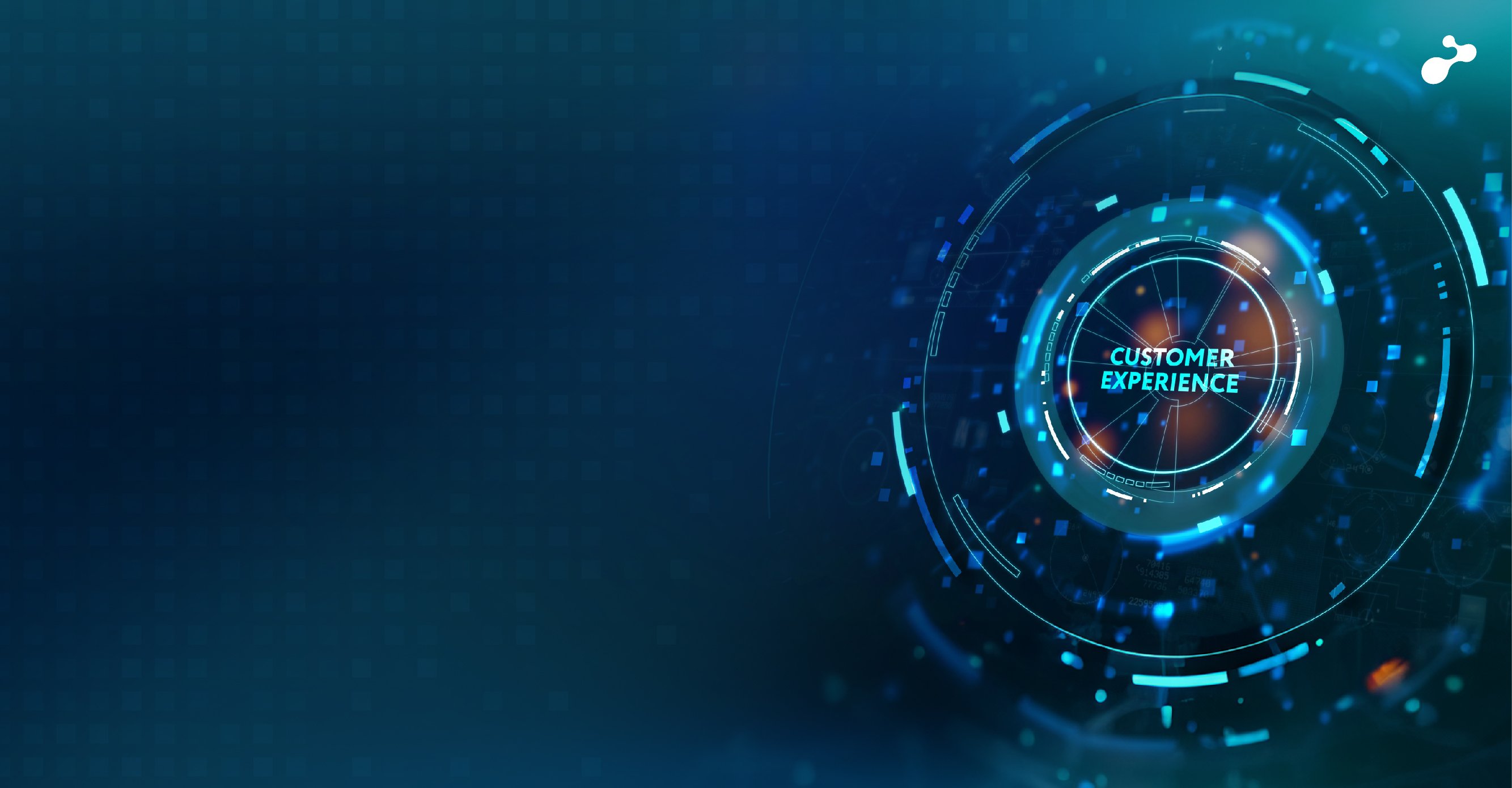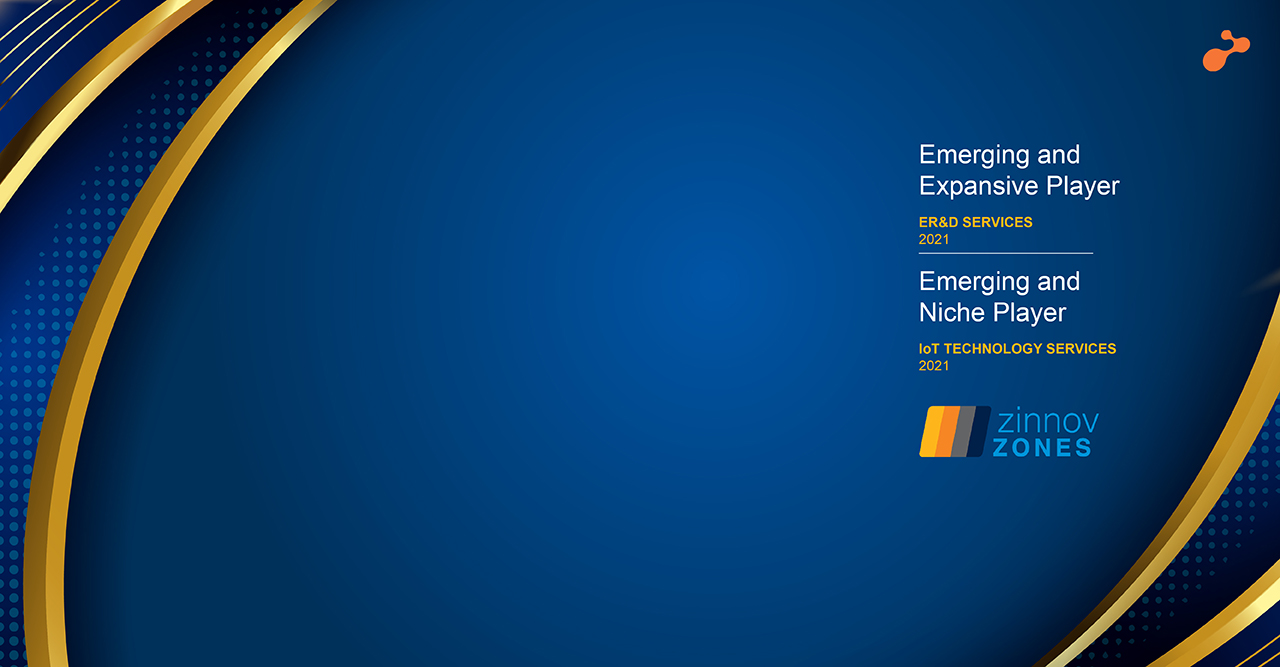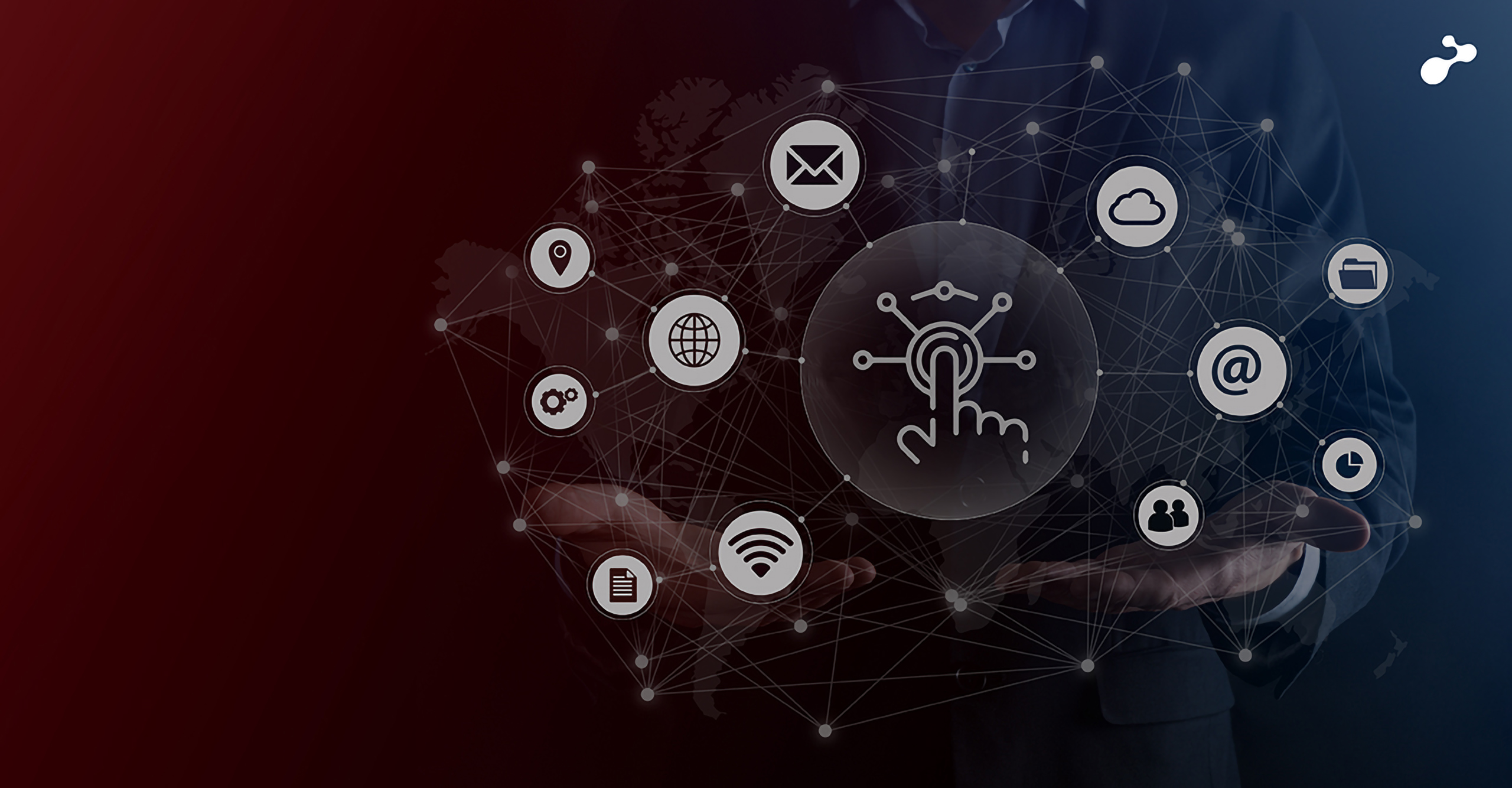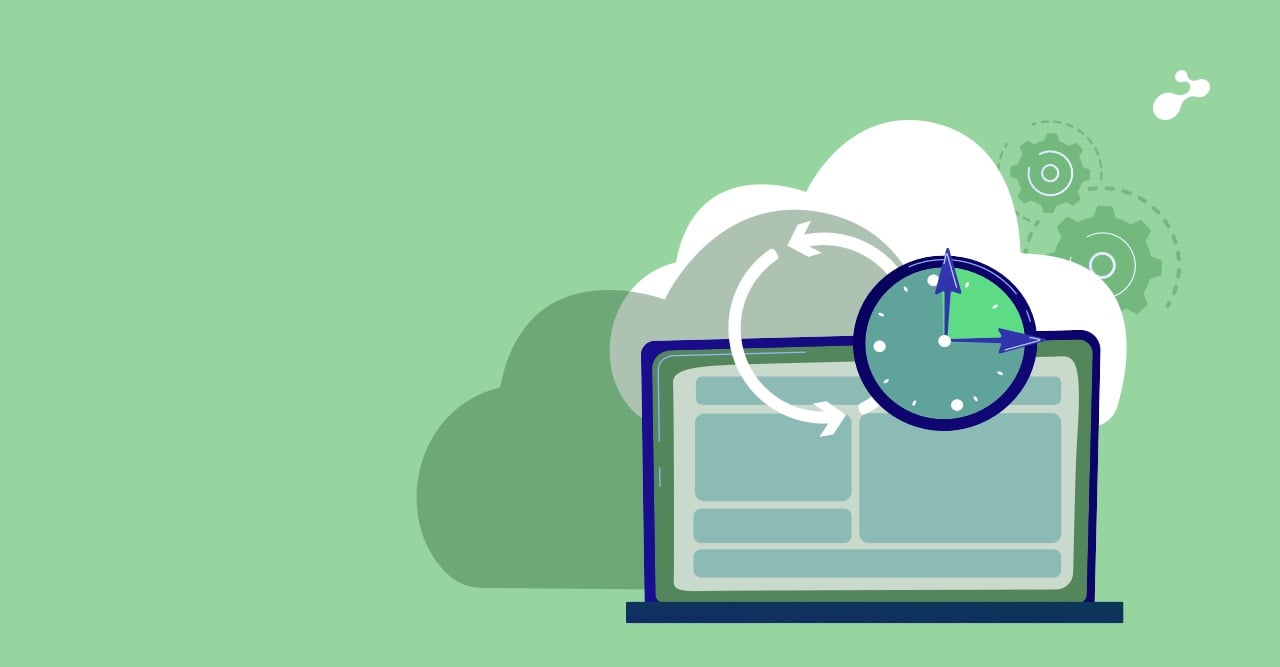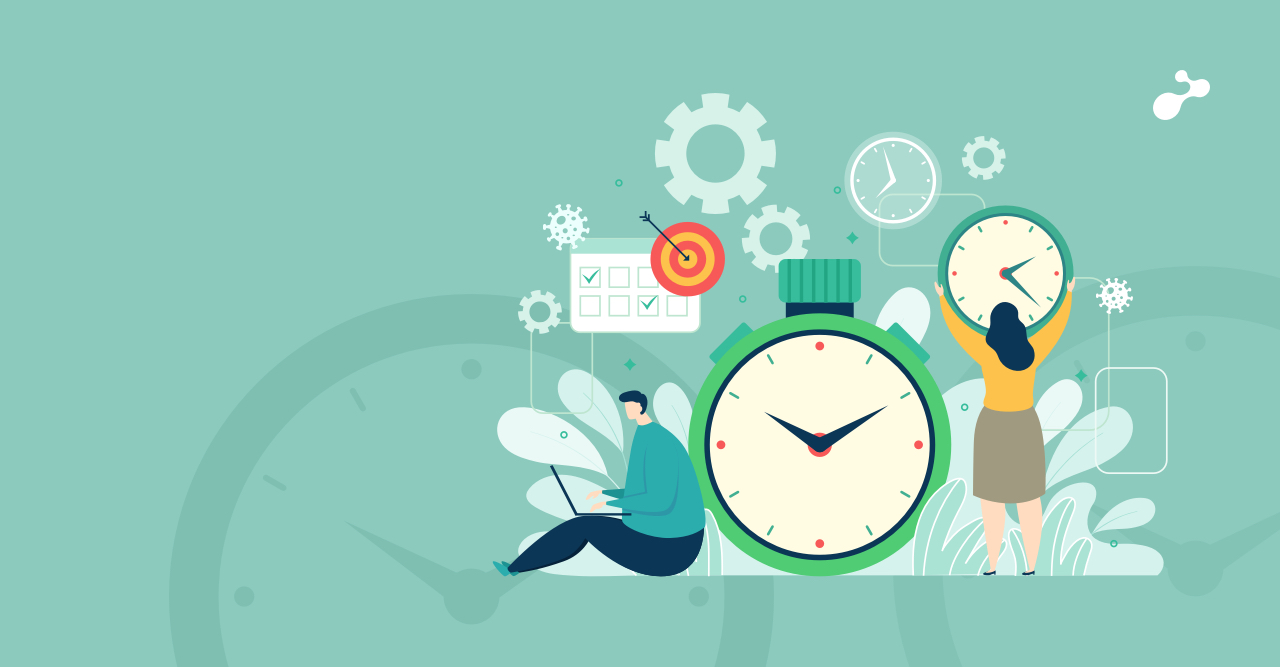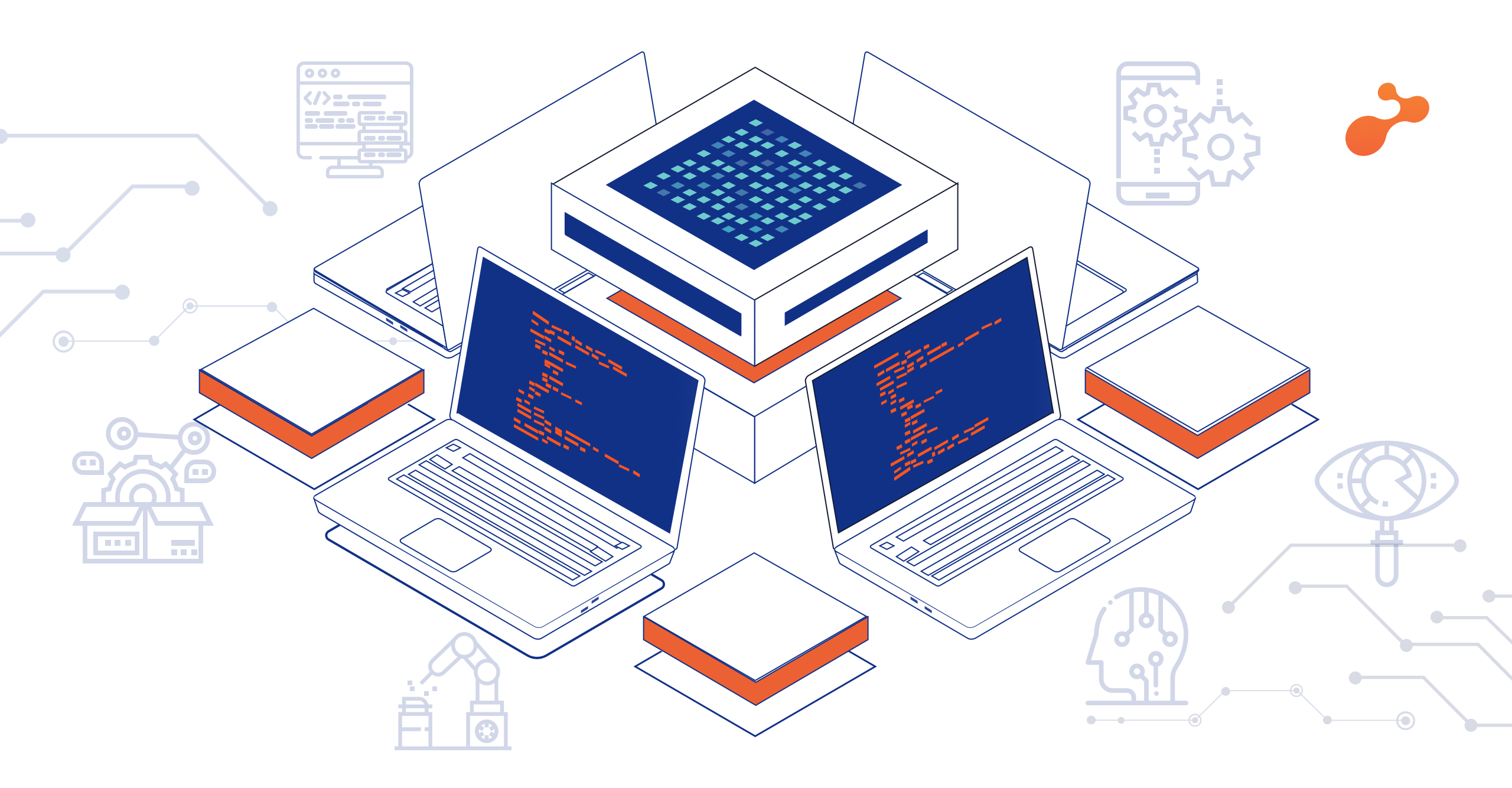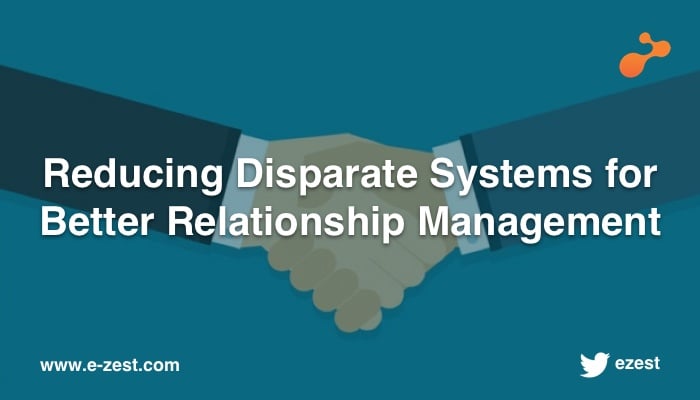The Internet of Things has been taking almost every industry by a jolt. If Gartner’s prediction of 25 billion connected things by 2020 is anything to go by then the proliferation is only going to increase. e-Learning has been affected by the growth of mobile devices and the oncoming of cloud computing. Hence this upheaval in technology is also impacting e-Learning towards making it more powerful and enriching.
Performance-assisted learning is a big part of e-Learning. There, we can see IoT playing an interesting role in refining the learning being received by performers at a job. Trackers attached to specific parts of a performer’s body can create a map of his movements and compare the data against the set of data points for correct job execution. For any discrepancy, the data can be relayed back to the learning servers to replay the training course pertaining to that specific section. Such an approach can help create an idea about how well performers are learning and can light up areas that are specifically being bungled up by more and more people. Such areas can then undergo rework at the hands of the Instructional Designer.
There are other avenues in e-Learning where the location of the learner can provide important insights about what he or she needs to learn. For example, certain courses about vaccination make more sense to come up for learners who visit vaccination centers more regularly. On the other hand, learners visiting a sanitation tank need more material that is closer to their topic of work. So the Instructional Designer can take a general course which caters to the entire volume of learners, and he or she can customize the course more for such specific segment of learners. IoT is the technology that can provide the information necessary to create such segments.
The campuses of universities transform into ‘smart campuses’ with the help of IoT. One useful feature of a smart campus is the ability to capture and sync notes from a classroom to the university servers. The classroom, equipped with recorders can capture the lectures automatically and upload them to the servers once done. The concept of having black-boards or green-boards that capture all ‘chalked’ text to create an image of the notes that later gets uploaded to the servers could also see the light of the day soon.
IoT continues to revolutionize e-Learning and is expected to bring in more ‘connectedness’ and smart classrooms in the future. The processes of marking attendance and grading assignments could also see some transformation thanks to IoT. At the more marco level, LMS companies can make use of IoT for more directed and byte-sized learning, probably giving a new ingredient to the ever growing body of blended learning. I am going to look at IoT more closely now and see how and where this is going to make inroads into e-Learning. If you have an interesting e-Learning IoT story to share, please do so in the comments!

